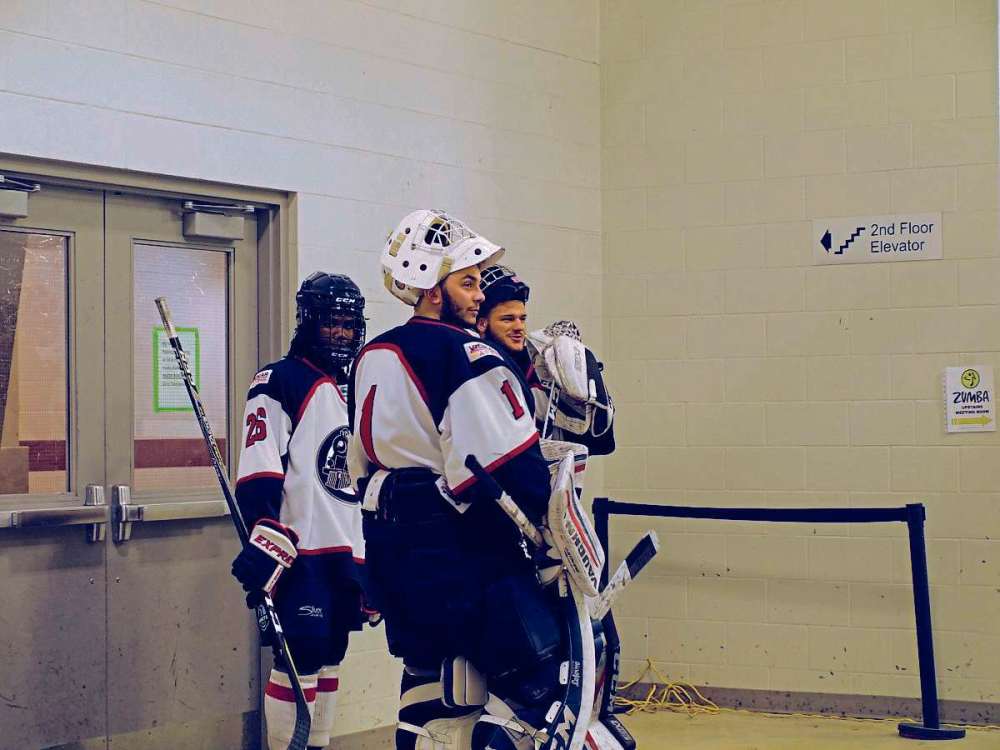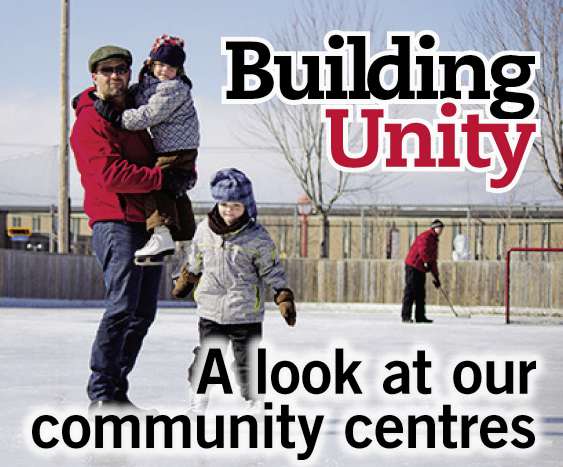The evolving role of local community clubs
Advertisement
Hey there, time traveller!
This article was published 24/04/2019 (2390 days ago), so information in it may no longer be current.
Like most Winnipeggers of a certain age, my life can be traced through interactions with my local community clubs.
Growing up in St. Vital, I played hockey for teams based at Glenwood CC and Norberry CC. My brother, my sister and I all played soccer for teams based at Windsor.

At the time — the 1970s and ’80s — local community centres were the hubs of most families’ lives in their neighbourhoods. With roots that reach as far back as the 1920s, Winnipeg’s community clubs were places where kids played organized sports and their parents and friends came together to play and socialize at everything from socials and sports tournaments to dances and seasonal carnivals.
As the city grew during the 20th century, community centres were built and established in most new neighbourhoods, and this has continued into the 21st century, with a new club coming to southwest Winnipeg. At the same time, some of Winnipeg’s older community centres have been forced to amalgamate as the demographics of their neighbourhoods have changed.
As a father, I have coached and watched my sons playing hockey and soccer for teams based in various parts of west and north Winnipeg — at R.A. Steen, Sinclair Park, Heritage Victoria and Corydon Community Centre (made up of the former Sir John Franklin, Crescentwood and River Heights CCs).
As a homeowner and resident, I have seen three community centres in my neighbourhood — Isaac Brock, Orioles and Clifton — become the combined Valour Community Centre. I have watched as the Isaac Brock site has become busy at all times of day, catering to both children and adults as home to the Valour Patriots football club, adult basketball leagues and popular zumba and yoga classes. The Isaac Brock playing fields teem with mini-soccer games each spring and fall.
It is clear to me that Winnipeg’s community centres are still an intrinsic part of the areas they serve. But it is also clear that their roles in their communities are changing as populations shift and infrastructure is developed, decommissioned or rebuilt.
The General Council of Winnipeg Community Centres was created in 1971, following the creation of Unicity, to serve as a central resource for Winnipeg’s community centres. Today, the GCWCC administers to 63 community centres and over 90 sites.
Here at Canstar Community News, we often report on the activities of those 63 community centres, as well as 13 more in the RMs of East St. Paul, West St. Paul, Headingley, St. Francois Xavier, Macdonald, Rosser and Cartier.

In today’s issues of The Headliner, The Herald, The Lance, The Metro, The Sou’wester and The Times, we have conducted dozens of interviews to give our readers snapshot looks at these 76 community centres, their facilities and the activities they offer. In the next two weeks, we will present an in-depth look at the challenges faced by the community centres in our coverage areas, and, perhaps most importantly, we will examine what the future holds for community centres and the people who make them run.
We hope you enjoy Building Unity: A Look at our Community Centres.
John Kendle is managing editor of the six weekly newspapers published by Canstar Community News. Email him at john.kendle@canstarnews.com

John Kendle
Managing editor, Free Press Community Review
John Kendle is managing editor of the Free Press Community Review. Email him at: john.kendle@freepress.mb.ca
Our newsroom depends on a growing audience of readers to power our journalism. If you are not a paid reader, please consider becoming a subscriber.
Our newsroom depends on its audience of readers to power our journalism. Thank you for your support.




